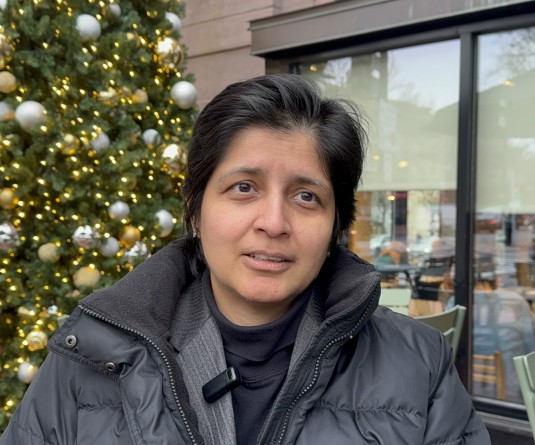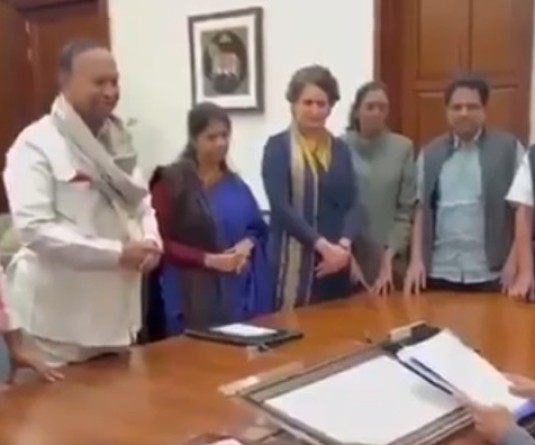IANS Photo

New Delhi, November 11 (IANS) An analysis shows the delicate balance of wind speed, year-round air pollution, and seasonal stubble all have a role to play in creating this annual cocktail of noxious gases in the national capital in November.
The stubble burning has particularly impacted Delhi air pollution in the past decade as the paddy harvesting season shifted and began to collide with the onset of winter and the festivities.
These were the views of Aarti Khosla, Director of Climate Trends, a research-based capacity building initiative in Delhi.
In an interview, she told IANS that in 2023 the farm fire data from Punjab and Haryana reveals a substantial reduction of 47.8 per cent and 38.04 per cent, respectively, against data for October 2022.
“But since the volume of wind from the region is very high, it brings the undesirable impact of heavy pollution. This, in addition to local emissions like power plants, industries, traffic and construction, has continued to rise in recent years.
“Also, rainfall, wind speed, and temperatures impact regional and local air pollution levels.”
According to Aarti Khosla, due to regulations and measures taken by the government, there has been a slight bending of the curve and average air quality levels have improved in the national capital.
“We have analysed both CPCB (Central Pollution Control Board) and satellite air pollution data and found a dip in annual average PM levels in Delhi. However, winter peaks and long episodes of poor air pollution continue to impact the residents.”
Responding to long-term solutions for the perennial problem, she said among some long-term measures that can help clean up Delhi’s air are that public transportation must be electrified and strengthened with a robust last mile connectivity and other integrated systems, better management of waste -- household, industrial or construction debris -- must be implemented, and industries must be incentivised to use clean fuels.
Additionally, efforts must not be restricted to Delhi alone since the pollution blows into the city from other states as well. The governments must collaborate for action in polluting sectors across states.
Believing that there is no substitute to long-term measures to reduce pollution at source, she said this means there will have to be regulations, measures, and incentives that bring down pollution from construction and industries -- big and small.
“There have to be efforts across levels to reduce pollution from transport -- both vehicular air pollution as well as resuspension of dust. Stubble issues must continue to be managed by a range of measures, including commercialization of the stubble.
“Exceeding the carrying capacity of the city is a crucial issue which needs to be thought through as Delhi’s development is integrated with more infrastructure, better connectivity, and making it a world class city.”
Source apportionment studies have shown that stubble burning contributes to nearly 40 per cent of Delhi’s air pollution during the peak harvest season.
“Dust carrying north-westerly winds from Rajasthan and around, too, add to the already heavy local emissions. Hence efforts must not be restricted to Delhi alone as pollution blows into the city from other states as well. The governments must collaborate for action in polluting sectors across states and look at the problem from an airshed perspective,” she emphasized.
Studies establish through modelling exercises that Delhiites lose nine-10 years of their lifespan due to bad air quality.
“It is not scientifically possible to ascertain how exactly life expectancy will change, but it is clear that with reduced burden of cardiovascular and pulmonary acute cases, there will be massive gains made in day-to-day quality of life, as well as mathematical improvement based on calculations of loss of average 10 years of life span for those exposed to long-term poor air quality,” she added.






